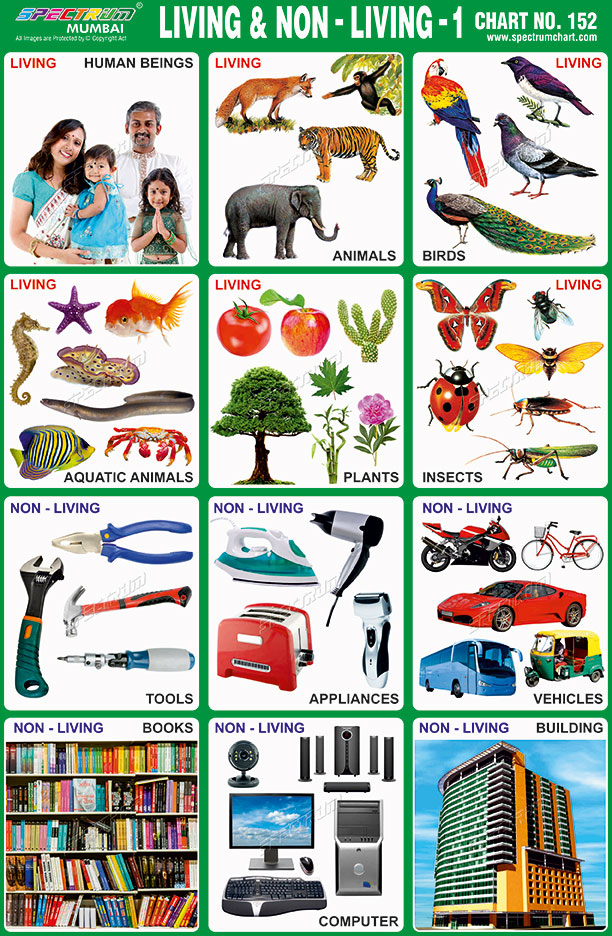
Spectrum Educational Charts Chart 152 Living & Non Living
This living and non living activity will have students analyse the features of different living things and use descriptive language to compare them.Tip: I enlarge one of the worksheets onto A3 size paper and we complete the worksheet together as a class. Students can then work on the second worksheet independently.

Living things and non living things activity Science Lesson Plans Elementary, Science Lessons
Strictly biologically speaking, non-living things encompass any form that is completely devoid of life. This definition brings all inanimate objects or bodies under its purview. Think rocks for example. Basically, all non-living things will completely lack any and every characteristic that makes up a living thing.

Tales From a K1 Classroom Living and NonLiving
Digital Activities. Knowing what characteristics make something living is a difficult concept for students. One resource that you can use is Boom Cards for an interactive self-checking activity to practice identifying living and nonliving things.Boom Cards are hosted on the Boom Learning platform.

Living and Non Living Things Characteristics & Examples
Non-living Things books Bag Car Building Cup Ball Chair Table bed. Title: Living and Non-living thing chart Author: vryn Created Date: 4/25/2020 3:36:20 PM.

Living And Non Living Things Chart
The things, which are once alive or are never alive are known as non-living things. Responsiveness is a trait in living things, through which they sense things and react to external stimulus. As against this, non-living things are insensitive to an external stimulus.
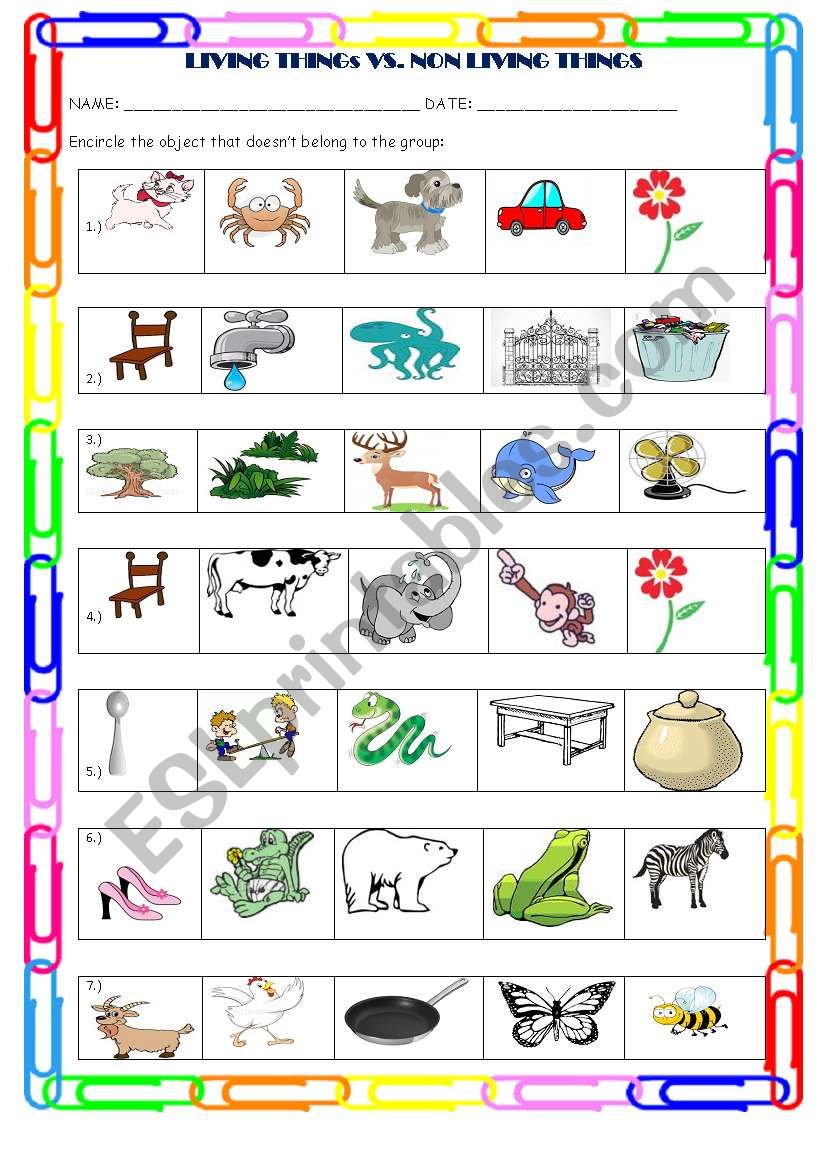
living things non living things
Living or non-living? In this activity, students use two separate online interactives or paper-based graphic organisers to explore these key science ideas: what makes something living and what makes something an animal. This activity can be done individually, in pairs or as a whole class. classify things as living or non-living/animal or not.
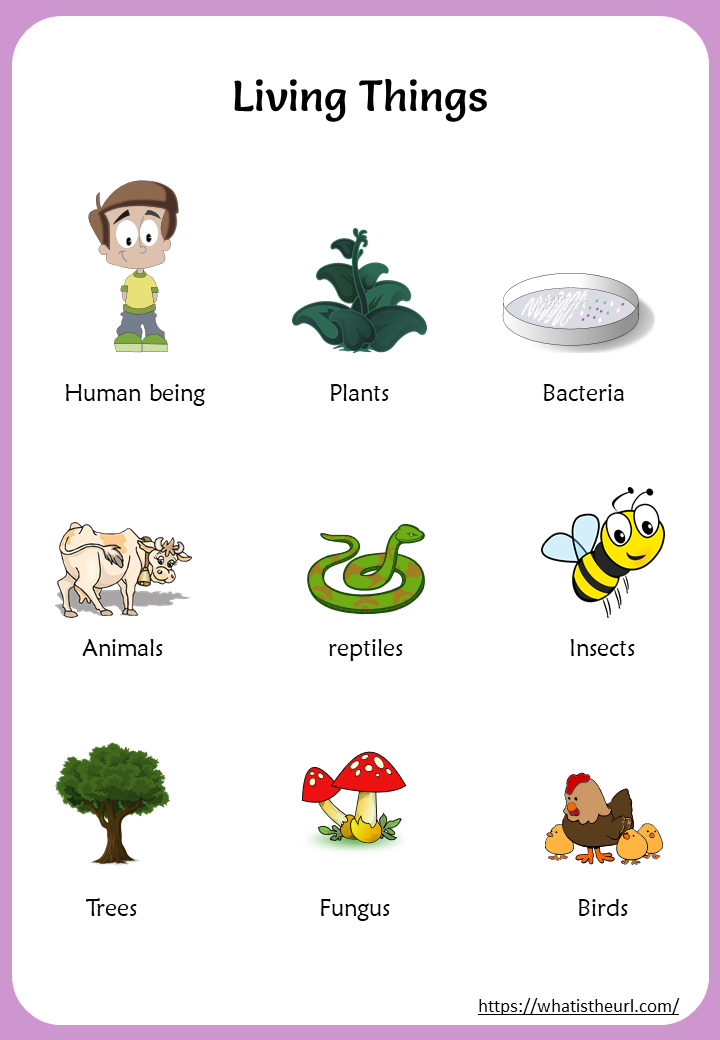
livingandnonlivingthingchart1 Your Home Teacher
Classification chart Boost attention span and curiosity of your little ones with visually appealing living and non-living thing chart. Differentiate between living and non-living things with this classification chart. Characteristics chart

Differences Between Living And Nonliving Things Chart
Both living and nonliving things occupy space and have mass. Both types of things can be affected by the same physical laws, such as gravity and friction. Both types interact with one another in a variety of ways, such as through chemical reactions or physical contact. Both living and nonliving things can change over time.

Living and Nonliving anchor chart Kindergarten science, Science anchor charts, Science lessons
Living and Nonliving Things. Spring simply lends itself to exploring living and nonliving things in the classroom. It's so simple to begin to explain the characteristics of each because they are easily found around us as animals and plants grow and change. It's a concept so simple, yet the students always have so much fun exploring it!
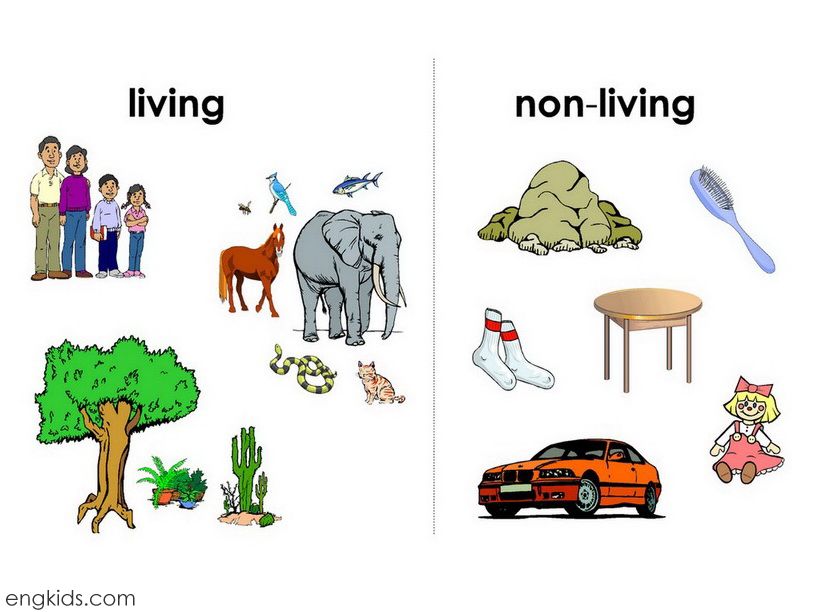
Living / Non Living Things Lessons Tes Teach
Definition of Non-Living Things Non-living things do not have any cellular component, no protoplasm, etc. They do not respond to any stimuli, and they cannot take action on their own. Of course, we can say that these days many gadgets are sensitive when touched or respond accordingly.
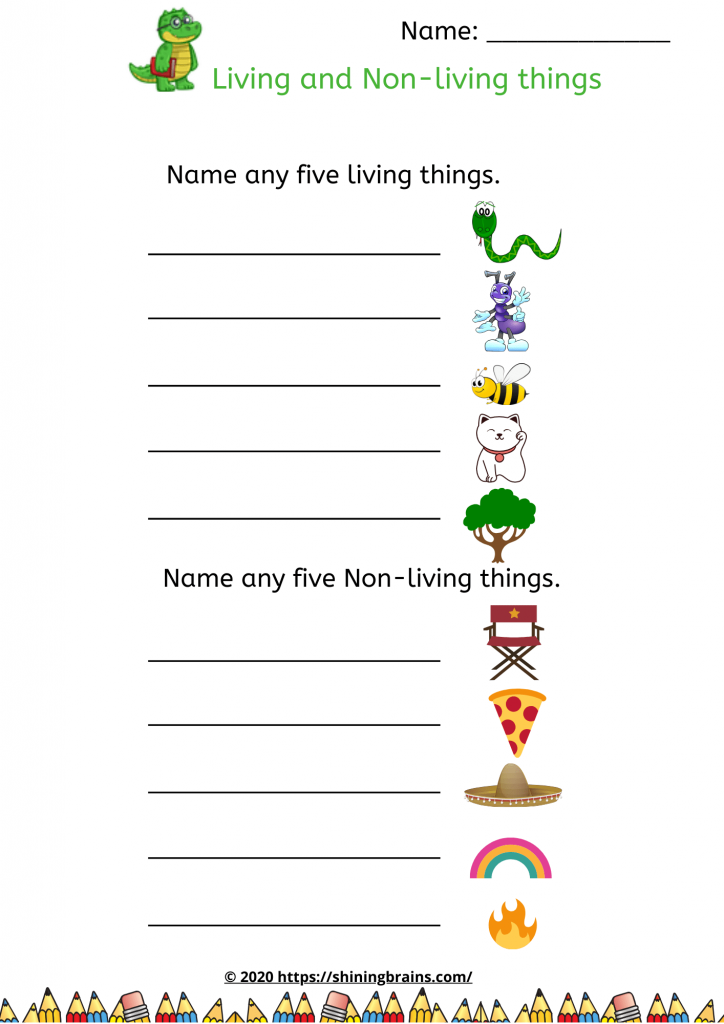
Living and Non Living Things Free Worksheets
The term living thing refers to things that are now or once were alive. A non-living thing is anything that was never alive. In order for something to be classified as living, it must grow and develop, use energy, reproduce, be made of cells, respond to its environment, and adapt.

Stunning Collection of NonLiving Things Images in Full 4K Resolution Over 999 Captivating Photos.
Teach your class all about living and non-living things with this sorting activity for children. This Science Lesson Teaching Pack is a brilliant resource for helping your students understand the difference between living and non-living objects. It includes both PowerPoint and PDF files with material which encourages children to organise objects into categories of things that are living, non.

What Is NonLiving Things? Classification & Differences
Step 1. Make an observation. List down the similarities and differences among the things given. Step 2. Identify the similar characteristics and group the similar things together. Step 3. Give a suitable heading to the group of things. Classification can be done in flowcharts and tables as shown below.
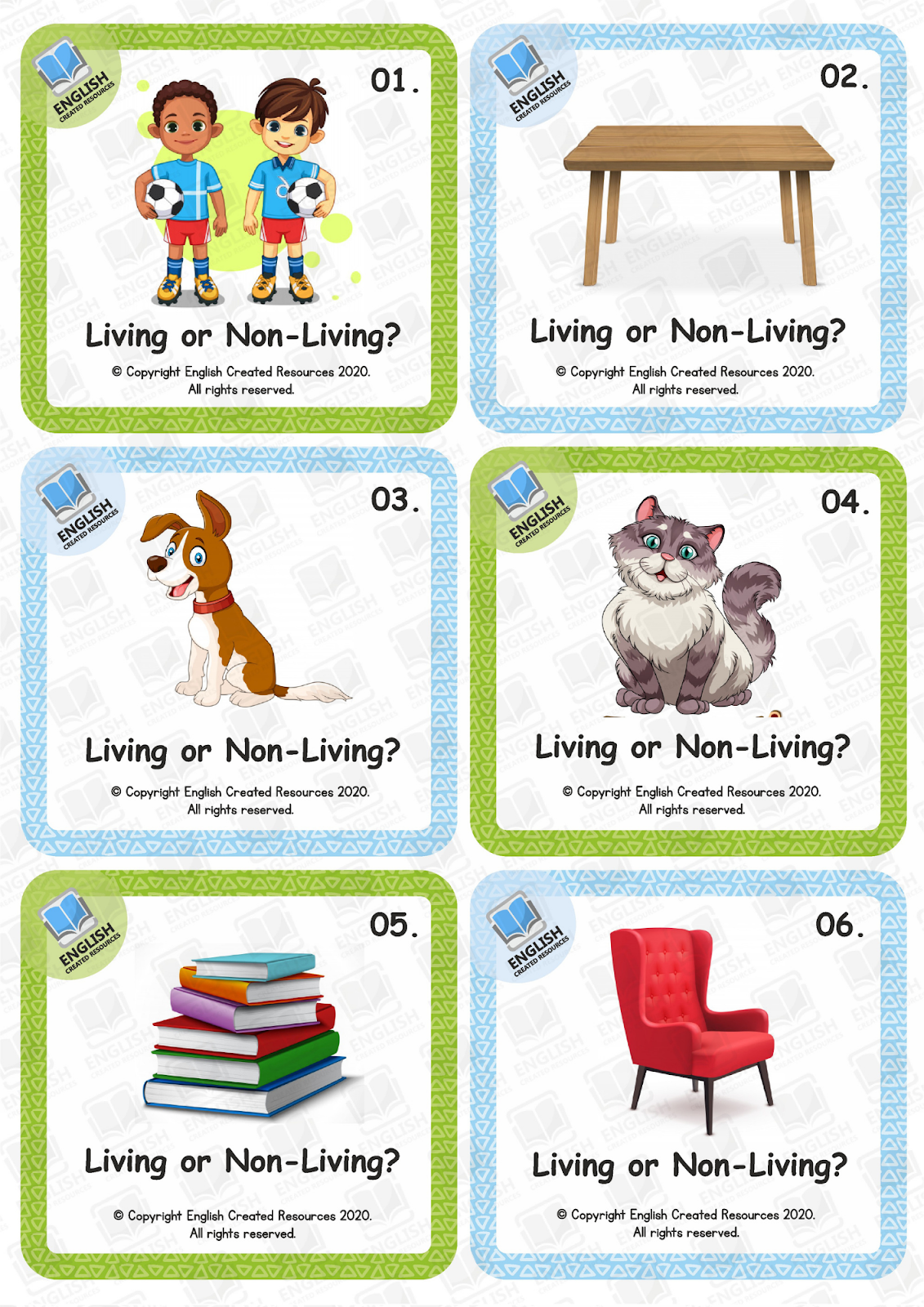
Living And Non Living Things English Created Resources
Jul 6, 2022 We can see uncountable things in this universe. Just take a peek at the surroundings; surely, you will be able to see at least ten different things just lying around or walking in front of you, be it a cat, a book, a table, a laptop, etc. We can filter all the things based on one major criterion - whether a thing can breathe or not.

Living and non living things science project drawing How to draw of living and nonliving
Introduction We can find many things around us, from mountains and oceans to plants and animals. The earth in which we live is made up of several things. These "things" can be categorized into two different types - Living and Non-living Things. All living things breathe, eat, grow, move, reproduce and have senses.

science living and non living things chart
Non-living things cannot generate energy and have no metabolic activities going inside their bodies. Living things respire and respiration ensures continuity of life. Non-living things do not need to respire. They show locomotion or movement on their own. They cannot move on their own unless moved by an external force.